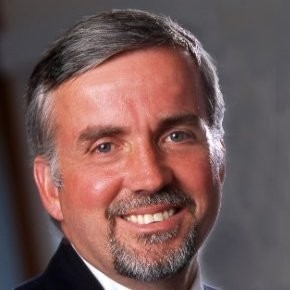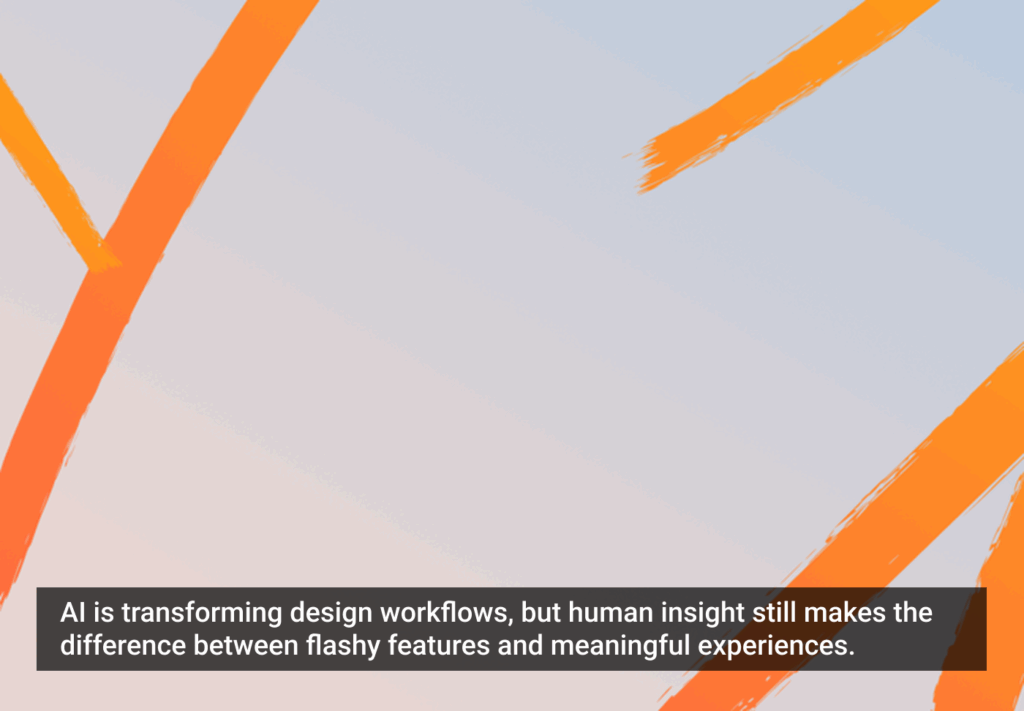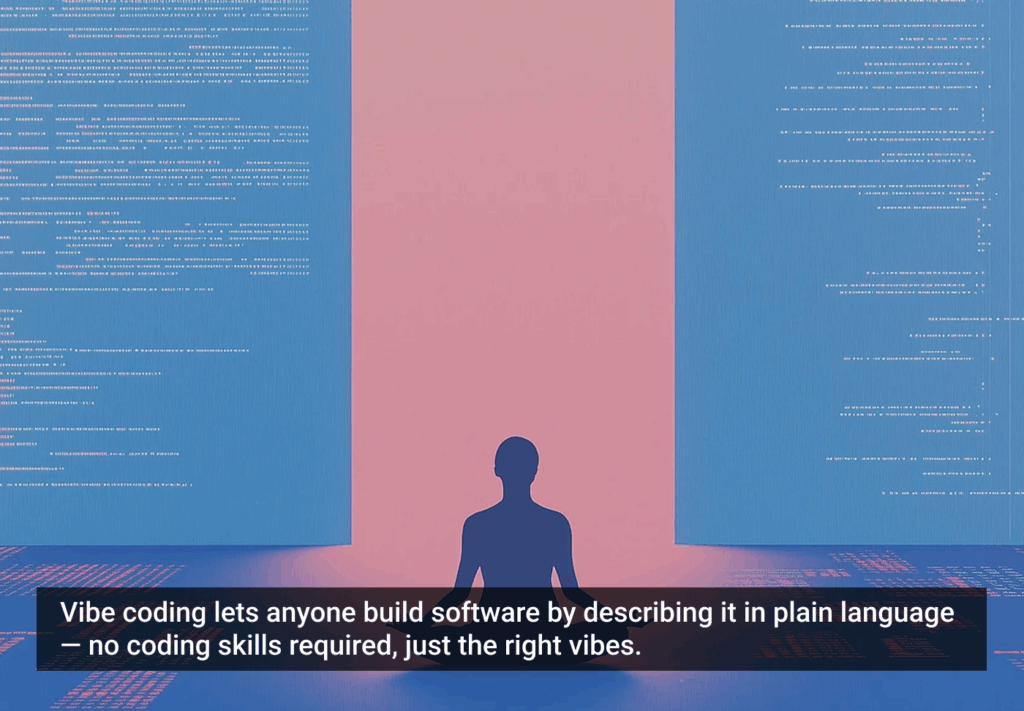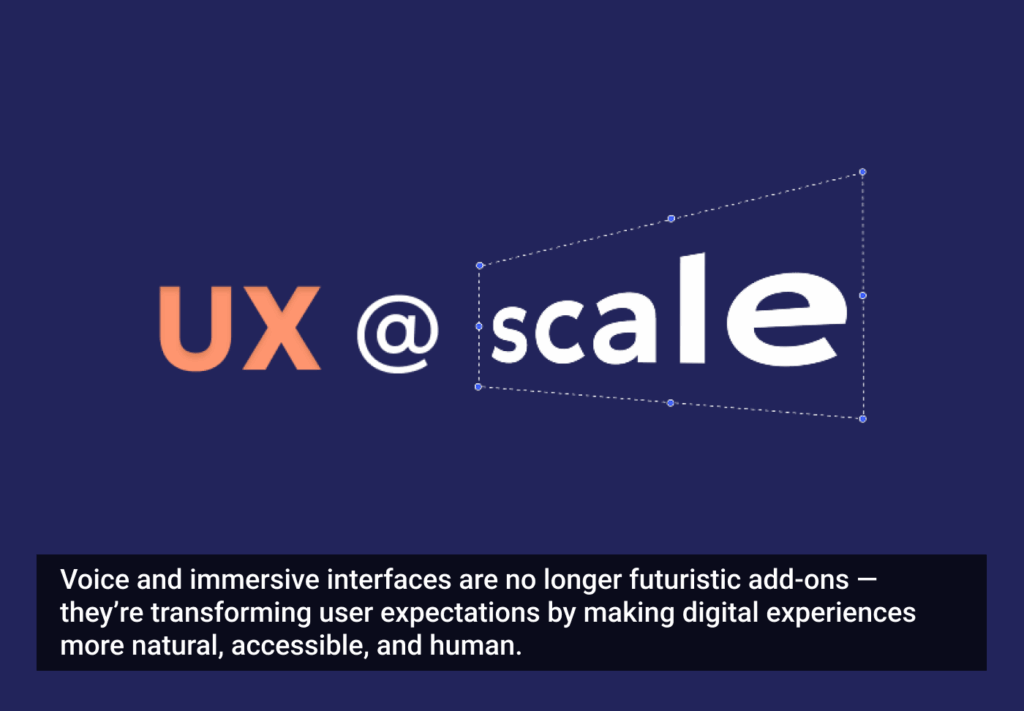In the fall of 1988, a small group of professionals from the technology industry gathered at Bentley College (now University) in Waltham, Mass., to discuss the topic of user advocacy and assistance. These gatherings were informal, simply a group of professionals with a shared passion for improving the quality of technology for the user.
Eventually, at the urging of participants, these meetings were formalized into a seminar series and, not long after that, an Information Design Certificate program. Though the term user experience did not yet exist, it was clear to the program designers (myself included) that there was a need for this type of formal instruction given that few, if any, formal programs existed in the U.S. at the time.
We quickly adopted a holistic view of the domain including the study of human behavior, design, research methods, management, and testing. Thus began a long journey of exploring, experimenting with, and contributing to the future discipline of user experience that we know today. Twenty-two years later, our fledgling program has grown to become the largest user experience graduate program in the country.
Thousands of professionals have participated in our of the certificate programs, custom corporate programs, boot camps, and graduate programs. Beginning in January, Bentley will be offering its Masters of Science in Human Factors in Information Design (MSHFID) in the San Francisco area at the Mission Bay Conference Center, where there is a strong market demand for graduate degrees that prepare students and professionals for user experience careers.
While much has changed over the years, the core guiding principles of the program have remained constant:
- User-centered design begins and ends with a deep and comprehensive study of human behavior related to product and experience design.
- Unless we deliver value to business, we never have the opportunity to serve the user.
- Strategies and research methods underlying human-centered design offer valuable contributions to much broader applications in areas such as financial services, healthcare, libraries, and museums—any place where a product or service is designed for use by people.
Technology has evolved dramatically over the years, but focusing on the user needs and business indicators has successfully guided us though frequent and often dramatic industry transitions that came in four distinct waves. Each wave built upon the next with students learning aspects of past waves while continuing to look ahead in this ever-evolving field.
The First Wave: External Support
The early days of the profession (and of our program) are best characterized by a focus on external support: documentation, training, and customer assistance. In hindsight, we can view these humble beginnings in the 1980s as the first wave of user-centered design. It’s also easy to look back and view these early efforts as simplistic and ineffectual. However, they were absolutely appropriate given that the industry’s immediate focus was rightly on solving the technical aspects of product design.
During this wave, we gained valuable insights into the intersection of user behaviors and needs and product design and use. Although we addressed user needs as external to the product, in doing so, we laid the groundwork for the eventual migration of user support into product design.
The Second Wave: Usable and Useful
After years devoting most of our efforts to external support, our advocacy moved deeper into the product design, first through testing, then through user research, and finally through actual design. This shift paralleled a change in the marketplace: a focus on technology alone was no longer sufficient to differentiate a product. Users demanded that technology not only be powerful and stable, but also useful and usable.
Our focus in the second wave was guided by a definition of usability that included ease of learning, ease of use, transfer of learning, and segmentation of users (what we would later call personas). We saw the technology not as an end, but rather an enabler, supporting the achievement of real user goals and serving real human needs. This wave began slowly but we saw a steady market transformation from the user bending to the system to the system bending to the user, best exemplified at the time by the work of Apple.
We began deploying a rich array of research tools with a new focus on user research and informed design. This accelerated over the next fifteen years and soon, the “easy” problems were identified and avoided. Students quickly learned that proper user research methods and deep analysis were key to advancing the field and opening doors of opportunity.
The Third Wave: User Experience
The third wave was a steady push toward what we now call user experience. This wave was characterized by yet another shift in user expectations brought on by the emergence of new technologies, like the World Wide Web and mobile technology, in an increasingly competitive marketplace. Our strategies and methods were modified in response to the increased demands of the marketplace, changing our understanding of users. User experience was characterized by a progressively deeper understanding of a more heterogeneous user population, including an interest in accessibility and cross-cultural requirements.
We also noted an integration of user experience in business strategy and development. In the most demanding markets, user experience became part of a product’s brand and was carefully orchestrated across every touch point with the customer. Market changes reflected a maturing tech sector where many technologies had become commodities and business leaders sought to optimize any point of differentiation in competitive markets. During this wave, Bentley saw a surge in students pursuing a graduate degree in user experience in conjunction with an MBA.
Because users were now paying for what they used and the traditional pricing model had been turned upside down, users became far less tolerant when we didn’t get things right. We also saw other game-changing developments that have had an equally profound effect on our profession, including:
- Multi-modal design
- Social networking
- Gamification
Finally, in contrast to the fast paced world of minimal design where the mantra is “fail quickly,” Bentley’s user experience students take a more productive approach by “succeeding quickly” based on a deep understanding of users, design, and enabling technology.
The Fourth Wave: The Intersection of UX and Innovation
After several years in the third wave, many of us believed we had finally reached a stage of stability. The value of our deliverables to users and businesses was being recognized, and UX designers had input earlier in the design process—something we had sought for decades. But just as we began to believe things had leveled, another marketplace shift took place that created an opportunity for UX practitioners to make a unique contribution to both users and businesses: continuous product innovation.
One can see this fourth wave in action in the relentless innovations being made at Facebook, Apple, and Samsung—each new product or enhancement is quickly followed by another. We no longer exclusively confine our activities within the boundaries of today’s technologies and markets, and no longer direct all of our resources toward existing product development.
We must be guided by a focus on real and unmet human need. We cannot expect users to explicitly define this need, but through our close contact with them, we have a front-row vantage point for identifying opportunities. That perspective joins our established understanding of human behavior and the enabling aspects of emerging technologies to form the foundation for a fertile innovation space.
Conclusion
As practitioners, we must broaden our understanding of innovation from both business and user-experience perspectives. From a business perspective, we need to empathize with the impluse to reject the investment of resources innovation requires. Innovation is embraced only when the value gained is substantially greater than the investment costs: a marginal gain is rarely adequate. Our past practices have been confined almost exclusively to our existing, primary user market. It’s time to direct some of our attention to the fringe markets where disruptive technologies take hold.
The primary focus of our efforts at Bentley will continue to be optimizing existing products while at the same time ensuring a steady stream of new product ideas. History teaches that we cannot rest on past successes. We must constantly ask ourselves what comes next. While no one can predict with certainty what the future will bring, or when that fifth wave will break, we are confident that our steadfast focus on users, business indicators, and shifts in the marketplace will continue to guide us.
Image of monster wave courtesy Shutterstock.







